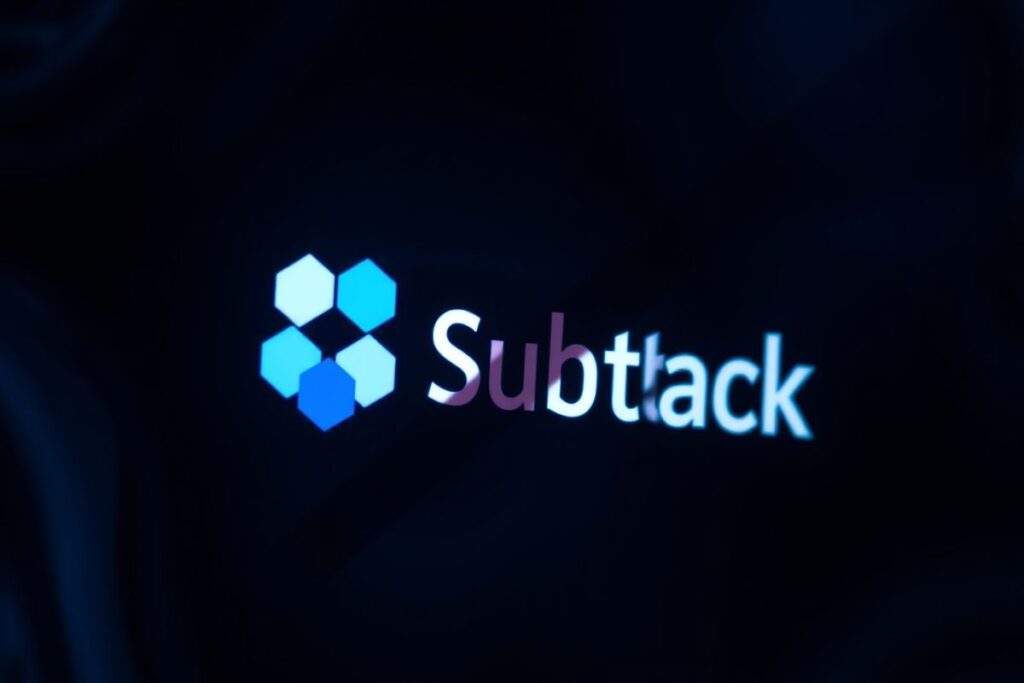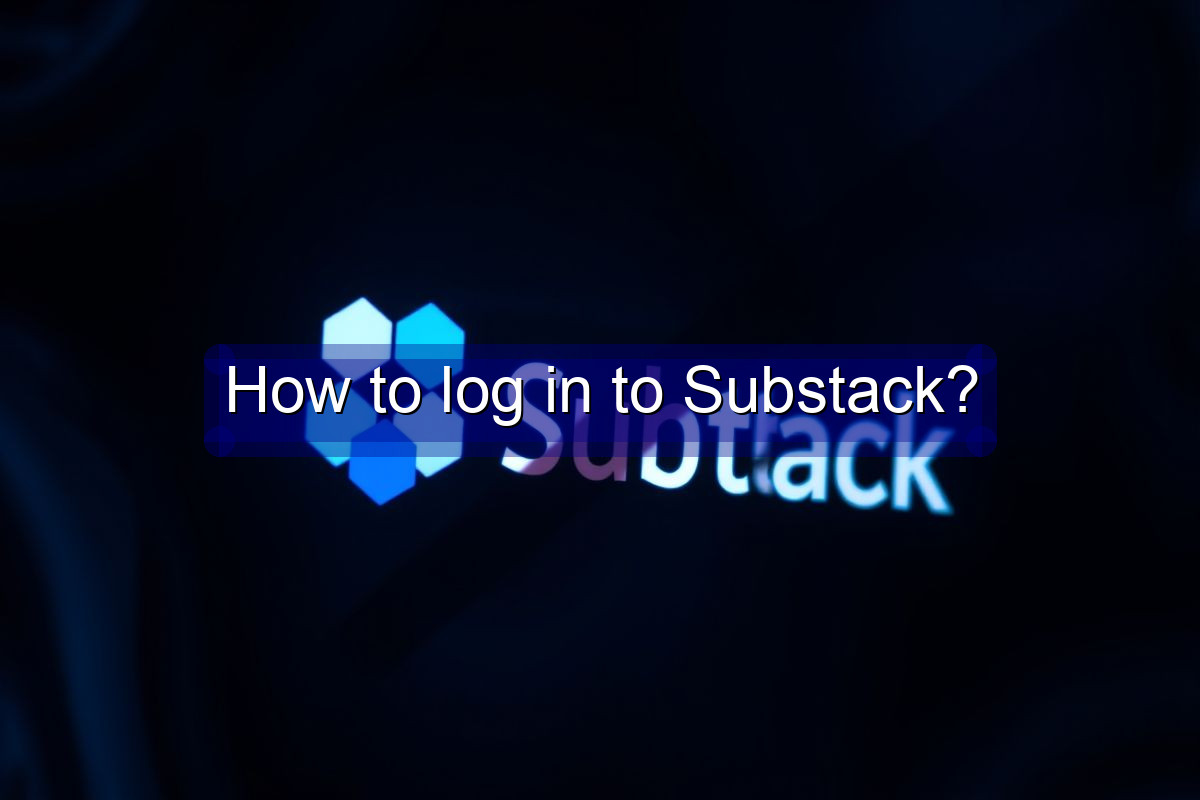“`html

Unlocking Your Substack Experience: A Comprehensive Login Guide
Substack has emerged as a leading platform for independent writers and creators to share their work, connect with their audience, and even monetize their content. Whether you’re a seasoned author looking to build a direct relationship with your readers or a curious enthusiast eager to explore a diverse range of newsletters and publications, understanding how to log in to Substack is the first crucial step. This article will provide a detailed, step-by-step guide to accessing your Substack account, covering various login methods, troubleshooting common issues, and maximizing your overall experience on the platform. We’ll explore everything from the standard email and password login to using social media accounts and handling forgotten passwords, ensuring you can seamlessly access your favorite Substack publications and manage your own writing endeavors.
Navigating the digital landscape can sometimes feel like a maze, but logging into Substack doesn’t have to be a daunting task. By following the instructions and tips outlined in this guide, you’ll be able to quickly and easily access your account, allowing you to focus on what truly matters: reading, writing, and engaging with the Substack community. From the simplest login procedures to more advanced account management techniques, we’ve got you covered. So, whether you’re a new user just starting your Substack journey or a long-time subscriber seeking a refresher, read on to discover everything you need to know about Substack login.
Logging in with Your Email and Password
The most common way to access your Substack account is by using your registered email address and password. This method is straightforward and reliable, offering a secure way to verify your identity and access your personal Substack dashboard. Here’s a detailed breakdown of the process:
The Standard Login Procedure
To begin, navigate to the Substack website (substack.com) using your preferred web browser. On the homepage, locate the “Sign In” or “Login” button, typically found in the upper right-hand corner of the screen. Clicking this button will redirect you to the login page, where you’ll be prompted to enter your email address and password. Ensure that you enter the correct email address associated with your Substack account. Double-check for any typos or errors to avoid login failures.
Next, carefully enter your password in the designated field. Passwords are case-sensitive, so ensure that you’re using the correct capitalization. If you’re unsure whether you’re typing the correct password, most browsers offer an option to display the password temporarily by clicking on an eye icon or similar symbol within the password field. After entering both your email address and password, click the “Sign In” or “Login” button to proceed. If the credentials are correct, you’ll be successfully logged into your Substack account and redirected to your dashboard.
Troubleshooting Login Issues
Despite its simplicity, the standard login procedure can sometimes encounter issues. One common problem is entering incorrect email address or password. If you’re certain that you’re using the correct credentials, try clearing your browser’s cache and cookies, as outdated or corrupted data can sometimes interfere with the login process. To do this, navigate to your browser’s settings or preferences and look for options related to “Privacy” or “Browsing Data.” Select the option to clear cache and cookies, and then restart your browser before attempting to log in again.
Another potential issue is related to browser compatibility. Ensure that you’re using a modern, up-to-date web browser, such as Chrome, Firefox, Safari, or Edge. Older browsers may not fully support the features and security protocols required by Substack, leading to login problems. If you’re using an older browser, consider updating it to the latest version or switching to a different browser altogether. Additionally, temporarily disabling any browser extensions or plugins can help identify if any of them are interfering with the Substack login process.
Logging in with Social Media Accounts
Substack offers the convenience of logging in using your existing social media accounts, such as Google or Twitter. This method streamlines the login process by leveraging your already established credentials, eliminating the need to remember yet another username and password. Here’s how to utilize this feature:
Connecting Your Social Media Account
On the Substack login page, you’ll typically find options to “Continue with Google” or “Continue with Twitter.” Clicking on one of these buttons will initiate the login process through your chosen social media platform. If you’re already logged into your Google or Twitter account in your browser, you may be automatically redirected to a confirmation page, asking you to grant Substack permission to access certain information from your account. This information usually includes your name, email address, and profile picture.
Carefully review the permissions requested by Substack and ensure that you’re comfortable sharing this information. Once you’ve granted permission, you’ll be redirected back to Substack and automatically logged into your account. If you’re not already logged into your Google or Twitter account, you’ll be prompted to enter your credentials on the respective platform’s login page. After successfully logging in, you’ll be redirected to the Substack confirmation page and then logged into your Substack account.
Managing Social Media Login
If you initially created your Substack account using an email address and password, you can still connect your social media accounts to streamline future logins. To do this, navigate to your Substack account settings and look for options related to “Connected Accounts” or “Social Login.” From there, you can link your Google or Twitter account to your Substack profile. Once connected, you’ll be able to log in using either your email address and password or your social media credentials.
It’s important to note that if you disconnect your social media account from your Substack profile, you’ll no longer be able to log in using that method. You’ll need to revert to using your email address and password. Therefore, it’s essential to keep your email address and password secure and accessible in case you ever need to use them as an alternative login method. Additionally, be mindful of the security settings on your social media accounts, as any compromises to those accounts could potentially affect your access to Substack.
Recovering a Forgotten Password
Forgetting your password is a common occurrence, but Substack provides a straightforward process for recovering access to your account. If you’re unable to remember your password, simply click on the “Forgot Password” link on the login page. This will initiate the password reset process, which typically involves verifying your email address and creating a new password.
The Password Reset Process
After clicking the “Forgot Password” link, you’ll be prompted to enter the email address associated with your Substack account. Once you’ve entered your email address, click the “Submit” or “Reset Password” button. Substack will then send an email to your registered email address containing a password reset link. This email may take a few minutes to arrive, so be patient and check your spam or junk mail folder if you don’t see it in your inbox.
Once you receive the email, click on the password reset link. This will redirect you to a page where you can create a new password for your Substack account. Choose a strong and unique password that you haven’t used for other accounts. A strong password should include a combination of uppercase and lowercase letters, numbers, and symbols. After entering your new password, confirm it by typing it again in the designated field. Finally, click the “Save” or “Update Password” button to finalize the password reset process.
Best Practices for Password Management
To avoid future password-related issues, it’s essential to adopt good password management practices. Avoid using easily guessable passwords, such as your name, birthday, or common words. Instead, opt for a complex and unpredictable password that’s difficult for others to crack. Consider using a password manager to securely store and manage your passwords across different websites and applications. Password managers can generate strong passwords and automatically fill them in when you log in to your accounts, making the process more convenient and secure.
Additionally, consider enabling two-factor authentication (2FA) on your Substack account, if available. 2FA adds an extra layer of security by requiring you to enter a code from your phone or another device in addition to your password when logging in. This makes it significantly more difficult for unauthorized individuals to access your account, even if they somehow obtain your password. Regularly update your password and be cautious about phishing attempts, which are designed to trick you into revealing your login credentials.
| Login Method | Pros | Cons |
|---|---|---|
| Email and Password | Secure, reliable, independent of other services | Requires remembering a unique password |
| Social Media | Convenient, eliminates need to remember another password | Relies on the security of your social media accounts |
Maximizing Your Substack Experience After Login
Once you’ve successfully logged into Substack, a world of possibilities opens up. Whether you’re a reader, a writer, or both, the platform offers a range of features and tools to enhance your experience. From exploring new publications to managing your subscriptions and engaging with the community, here’s how to make the most of your time on Substack.
Exploring Publications and Subscriptions
Substack hosts a diverse array of newsletters and publications covering a wide range of topics, from technology and business to culture and current events. After logging in, take some time to explore the platform and discover new writers and publications that align with your interests. You can browse curated lists, search for specific keywords, or explore recommendations based on your existing subscriptions.
Managing your subscriptions is also an essential part of the Substack experience. You can easily unsubscribe from publications you no longer wish to receive or adjust your subscription settings to control the frequency and delivery method of your newsletters. Staying organized and curating your subscriptions ensures that you’re receiving the content that matters most to you, without being overwhelmed by irrelevant or unwanted emails.
Engaging with the Substack Community
Substack is more than just a platform for reading and writing; it’s a vibrant community of creators and readers. Engage with the community by leaving comments on articles, participating in discussions, and connecting with other writers and readers who share your interests. Building relationships and fostering meaningful conversations can enrich your Substack experience and lead to new discoveries and collaborations.
If you’re a writer, Substack offers a range of tools to help you build your audience and monetize your work. You can create a free or paid newsletter, offer exclusive content to paying subscribers, and engage with your readers through comments and polls. Building a strong relationship with your audience is key to success on Substack, so be sure to interact with your readers, respond to their feedback, and create content that resonates with their interests.
- Explore new publications and writers.
- Manage your subscriptions.
- Engage with the Substack community.
- Consider starting your own publication.
- Utilize Substack’s writing tools.
Sıkça Sorulan Sorular
“`
